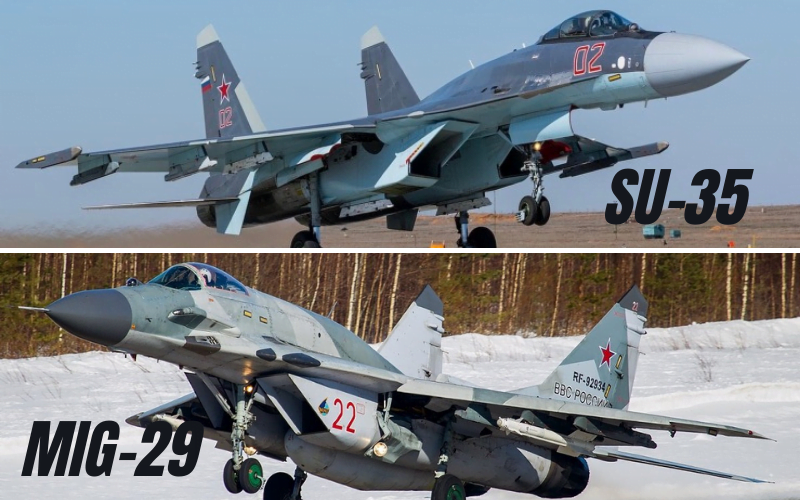
Ukrainian soldiers and armed people are attempting to defend Kyiv, the country’s capital, from Russian troops. Both sides have used identical Soviet-era weaponry, such as fighter jets, making it difficult for military observers and analysts to figure out who is employing what.
Following the collapse of the Union of Soviet Socialist Republics (USSR) in 1991, Ukraine gained a number of military assets from the former.
The MiG-29 and the Su-35 are in a ‘dogfight.’
On social media, a video purporting to show a duel between two fighter planes above Ukraine’s capital Kyiv has made quite a stir. A Ukrainian MiG-29 was reportedly observed battling a Russian Su-35 near the city, according to unverified sources.
This airborne encounter’s result was not recorded on film. However, contrary to popular belief, numerous defence specialists recognised both jets as Ukrainian MiG-29s.
#Ukraine 🇺🇦: at least two soldiers belonging to the Russian invasion force have been captured by Ukrainian soldiers around #Kharkiv.
It's photos like this that could make Russians back home question the war. pic.twitter.com/xb11DS3wBQ
— Thomas van Linge (@ThomasVLinge) February 24, 2022
“Video shows what seems to be a pair of UAF MiG-29s, one of which zooms by the camera at tree-top height, apparently in the Kyiv region,” defence expert Guy Plopsky wrote on Twitter.
“Notice the black smoke trial — it’s not due to damage; the #MiG29’s RD-33 turbofans are notoriously smoky.”
Meanwhile, the Ukrainian Air Force claims that one of its Sukhoi Su-27 fighter jets shot down two Russian Su-30 fighter jets in a duel, despite the lack of video evidence to support this claim. CNN reported that a Ukrainian Su-27 Flanker fighter jet was shot down by a Russian surface-to-air missile, citing the Ministry of Defense of Ukraine.
Video showing what appear to be a pair of UAF MiG-29s, one of which zooms past the camera at tree-top level, reportedly in the Kyiv area. Note the dark smoke trial – it is not due to damage; the #MiG29's RD-33 turbofans are notorious for being smokey. https://t.co/xXW8S2yEkz pic.twitter.com/m0wRMzMapL
— Guy Plopsky (@GuyPlopsky) February 24, 2022
Ukraine and Russia both have huge numbers of the same kind of aircraft, such as the MiG 29 and Su-27. However, Russia has a significantly larger fleet — approximately 4,000 — than the Ukraine Air Force, which has around 300 combat aircraft of various sorts.
Is a Russian Airbase Hit by a Ballistic Missile?
Ukraine is said to have assaulted Russia’s Millerovo Air Base, which is close to the border. Millerovo is home to the 31st Fighter Aviation Regiment. The MiG-29 airbase has been modified to accommodate the Su-30SM. It is divided into two squadrons and has a total of 24 aircraft.
In one of the photographs, the tail of a Su-30 can be seen. According to some unsubstantiated accounts, the hit was carried out with an OTR-21 Tochka (SS-21 Scarab) tactical ballistic missile.
Ukraine has a limited arsenal of missiles dating back to the Soviet era. Depending on the kind, they can transport a rather substantial payload over a distance of up to 110 miles. According to some reports, the strike might have been carried out by a Turkish TB2 drone.
Kiev’s Ghost
According to rumours, a Ukrainian pilot known as the “Ghost of Kyiv” shot down at least six Russian fighter planes. A video posted on social media on the first day shows a Ukrainian MiG-29 flying above Kyiv.
On Twitter, another video purporting to show the jet pilot has gotten almost four million views.
“Reports are trickling in that a Ukrainian pilot shot down six Russian planes today, perhaps becoming the first fighter ace of the twenty-first century. A Twitter user commented, “The pilot, nicknamed as ‘the Ghost of Kyiv,’ and his MiG-29 were seen in various vids from today.”
Despite the fact that many people hail him as Ukraine’s saviour, academics have questioned these statements.
“Ghost of Kyiv’ Was Actually A Pair Of MIG29s Flew That Day For Few Hours & Were Busy Hunting Low Flying MI8s And Kamov 52 & Possible Low Flying RUAF SU25s In The Area It’s Possible They Turned Off Their Radar & Guided By Ground Observers & IRST Sensor To Locate & Engage,” according to one Twitter user.
Sukhoi vs MiG
Sukhoi fighter planes, such as the S-30 and Su-35, are Russia’s most powerful fighter jets, but MiG-29s aren’t far behind. India deployed roughly 20 MiG-29 fighter aeroplanes to battle Chinese fighters such as J-16s and Su-30MKKs earlier this year.
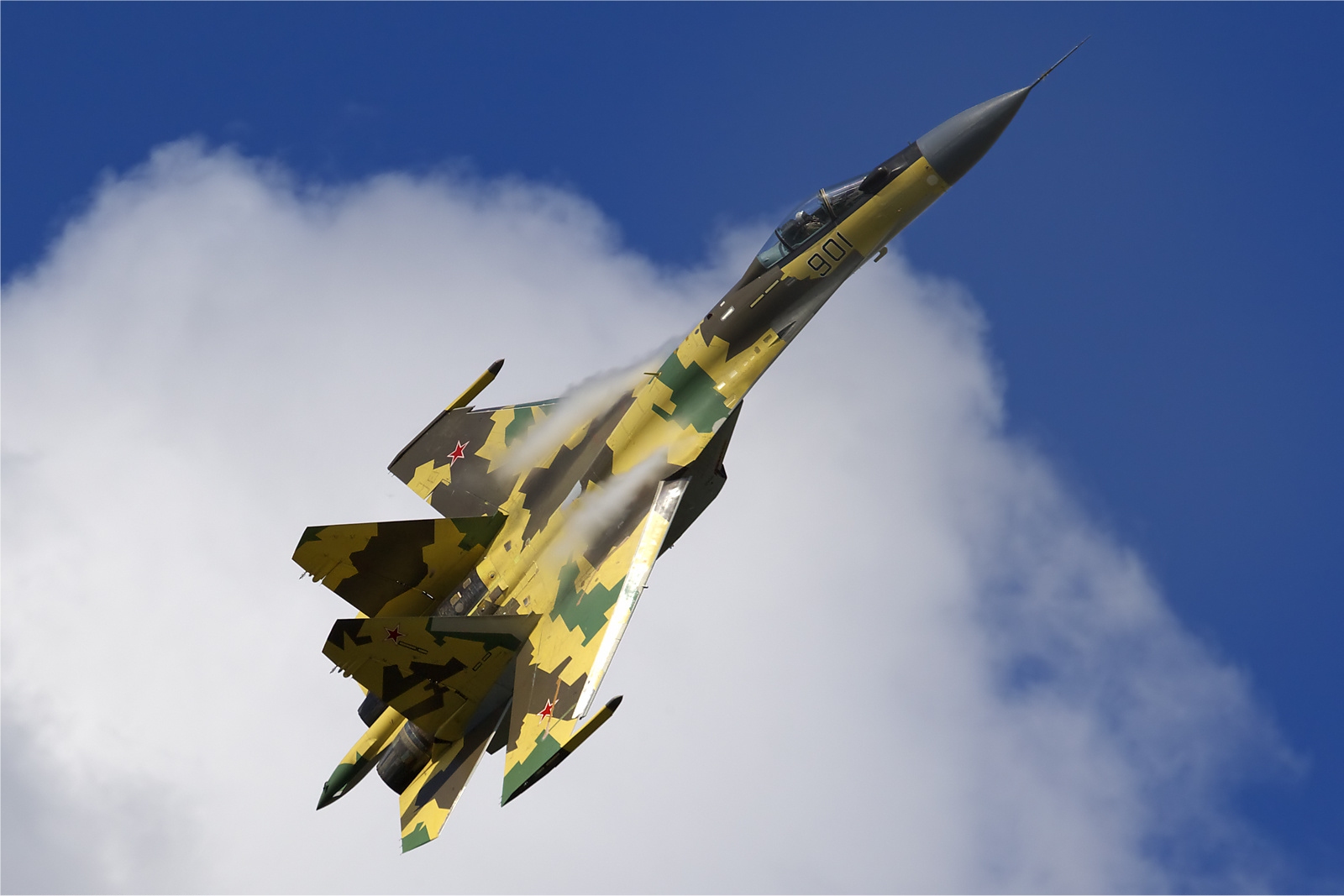
Despite significant engine reliability concerns, the MiG-29, with a maximum weight of 27 tonnes, appears to perform better at high altitudes than larger fighter planes like as Su-30s. It’s no longer a secret that the MiG-29 outperforms the larger Sukhoi fighters in tough situations.
Experts point out that, like the Su-30s, the Su-33 and its Chinese variant, the J-15, are infamously inactive. The Russian Navy is replacing its Su-33 planes with more dependable MiG-29s for a reason.
The MiG-29 is a powerful and robust aircraft.
To confront the US F-15 Eagle and F-16 Falcon, the first MiG-29 was commissioned into the USSR Air Force approximately 40 years ago. It was a magnificent and successful design that has been utilised by more than 25 countries, including the United States (which was used for evaluation and testing purposes). The magnificent fighters’ first export customer was India.
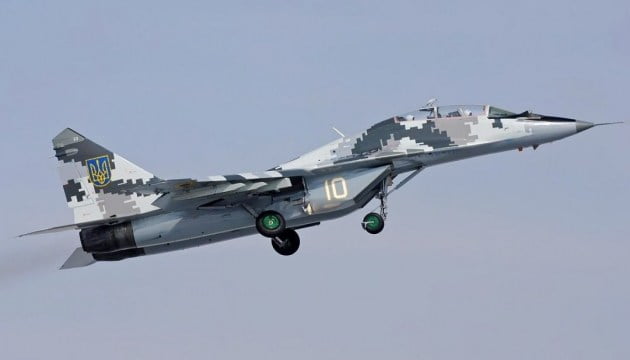
Despite the fact that the airframe design is about half a decade old, the aircraft remains a strong opponent for US jets. MiG-29 fighters are known for their agility, mobility, and, most significantly, their dependability.
Unlike other updated variants such as the MiG-29SMT recently delivered to Syria or the MiG-29UPG on order from India (described as the most sophisticated MiG-29 variant), the fighter jet uses redesigned airframes with innovative composite materials and a notably different look.
The MiG-29M features a very capable twin-seat derivative, the MiG-29M2, that will be delivered as part of the purchase. Unlike prior twin-seat MiG-29 versions, the MiG-29M2 does not sacrifice sensor performance to accommodate an extra crew member, and it is geared for high-end combat rather than training.
The MiG-29M evolved from the MiG-29K, a carrier-based member of the aircraft family. The redesigned airframes were built from a lightweight Aluminum-lithium alloy with a harder and improved design to boost the thrust-to-weight ratio.
The geometry of the air intake ramps was changed, the upper intake louvres were removed to create room for more fuel in the LERXs, mesh screens were added to avoid foreign object damage (FOD), and the inlet dimensions were extended to allow for more airflow.
The Zhuk-ME pulse-Doppler airborne radar, as well as updated IRST systems, a helmet-mounted target designation system, and electronic countermeasures, are the main sensor enhancements. The new radar can identify air targets at distances of up to 120 kilometres, monitor 10 targets while scanning them, and engage four targets at once.
The aircraft also has the new RD-33MK engine, which produces 7% more thrust than its predecessors. Its weaponry package for air-to-air warfare comprises the R-77 and R-27 beyond visual range missiles, R-73 short-range missiles, and a 30mm Gsh-30-1 gun.
It can use the Kh-29, Kh-31, and Kh-35 missiles, as well as numerous precision-guided bombs, for air-to-surface missions.


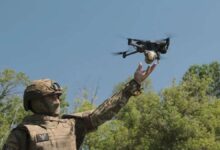

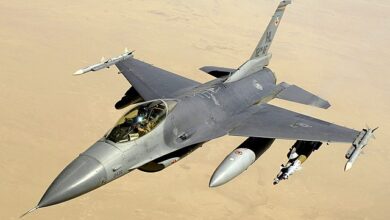


Facebook Comments